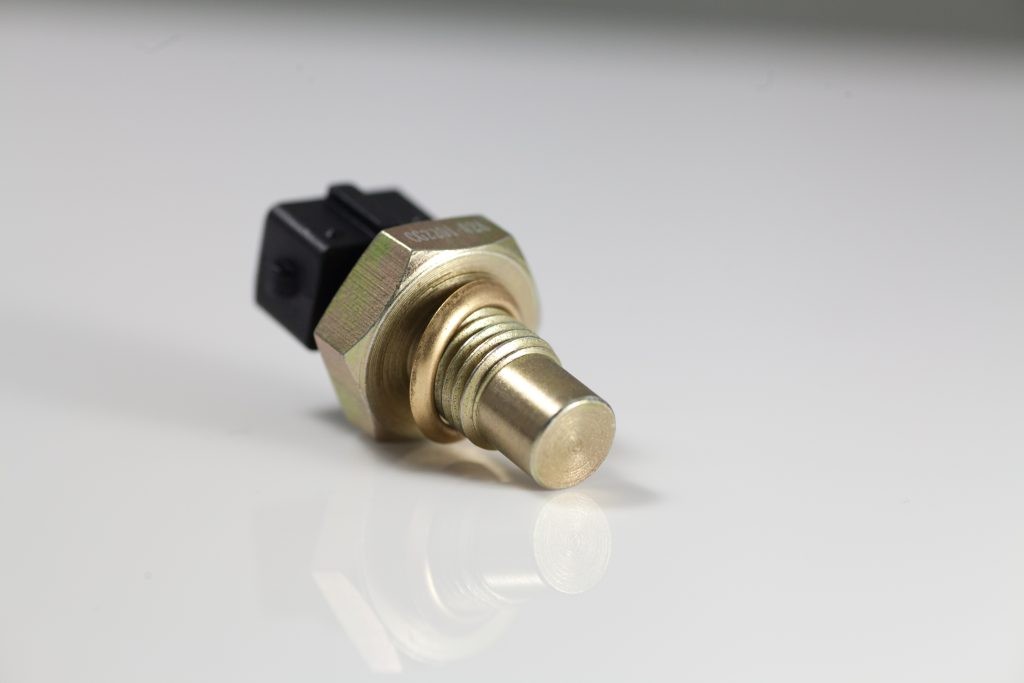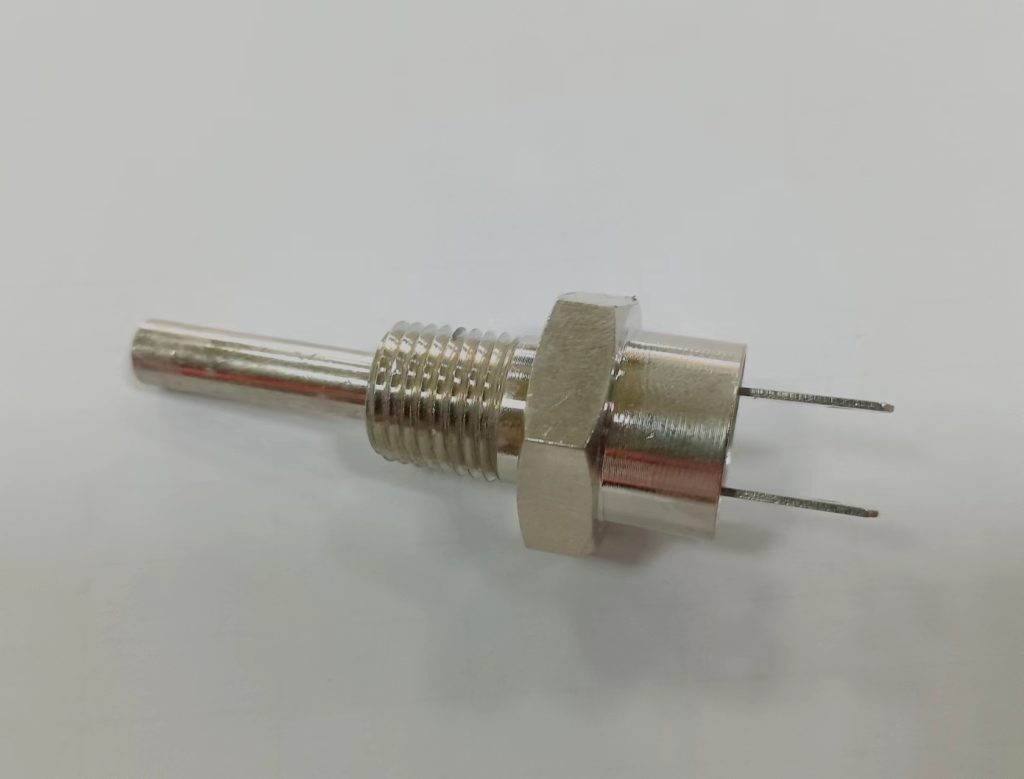When it comes to modern vehicles, automotive temperature sensors play a crucial role in ensuring the efficient and safe operation of various systems. These sensors help monitor and regulate temperatures in different parts of the vehicle, contributing to optimal performance and preventing potential damage. Below, we explore 10 common automotive temperature sensors and their functions. The coolant temperature sensor, usually called the water temperature sensor, plays a vital role in detecting the engine coolant temperature. This temperature signal is input to the ECU and used for injection and ignition timing correction. The sensor is generally installed in the cylinder block waterway, cylinder head waterway, or on the water outlet pipe, coming into contact with the coolant. It contains a semiconductor thermistor with a negative temperature coefficient (NTC), making it one of the essential automotive temperature sensors. The intake air temperature sensor mainly detects the air temperature in the intake piping, providing a signal for fuel injection and ignition timing correction. This sensor is installed in the intake pipe, converting the temperature signal into an electrical signal that is transmitted to the ECU. The intake air temperature signal serves as a correction signal for various control functions. An interrupted intake air temperature sensor signal can lead to hot starting difficulties and increased exhaust gas emissions, highlighting its importance among automotive temperature sensors. The transmission oil temperature sensor detects the temperature of the transmission hydraulic fluid, serving as the basis for the electronic control unit’s shift control, oil pressure control, and lock-up clutch air. Installed in the automatic transmission oil sump inside the bulkhead, it contains a negative temperature coefficient semiconductor thermistor. The resistance of this sensor changes with temperature, allowing the computer to measure the temperature of the hydraulic fluid of the automatic transmission based on the resistance change. This sensor is a critical component of automotive temperature sensors. The exhaust gas temperature sensor, also known as the catalytic temperature sensor, quickly sends out an alarm signal when the catalytic converter is abnormally hot. This function protects the catalytic converter and prevents malfunctions caused by high temperatures. The sensor is mainly installed behind the catalytic converter transformer, making it a key player among automotive temperature sensors. The EGR exhaust gas cycle monitoring temperature sensor detects temperature changes in the recirculation gas in the EGR valve, indicating whether it is working properly. This sensor alerts the driver and is usually installed on the intake tract of the EGR valve. With the temperature of the exhaust gas near the EGR valve ranging from 100-200℃ (300-400℃ for high speed and heavy load) to about 50℃ when not working, it is an essential sensor in the array of automotive temperature sensors. The outside temperature sensor detects the air temperature outside the vehicle and inputs the signal to the automatic air conditioning ECU. Installed either behind the front bumper or on the front wall panel of the cab, it uses a negative temperature coefficient resistor. The sensor’s resistance value changes with the outside temperature, making it a significant sensor in the category of automotive temperature sensors. The interior temperature sensor measures the temperature inside the car, transmitting the signal to the electronic control unit of the automatic air conditioning. These sensors are mainly installed in the ventilation ducts within the car compartment, usually numbering 1-2. Their role in regulating the vehicle’s internal climate underscores their importance among automotive temperature sensors. Installed in the air vents of the air conditioner, the sunlight temperature sensor detects temperature changes on the surface of the evaporator to control the compressor’s operating conditions. Its function is vital for maintaining the efficiency of the air conditioning system, placing it among the crucial automotive temperature sensors. The evaporator outlet temperature sensor detects temperature changes on the evaporator surface, controlling the compressor operation. It converts the detected temperature signal into an electrical signal for the ECU of the temperature control system. The ECU compares this input with the set temperature adjustment signal to control the air conditioner compressor’s electromagnetic clutch, preventing ice clogging on the evaporator. This sensor is indispensable in the lineup of automotive temperature sensors. This sensor controls the radiator cooling fan based on the coolant temperature signal, installed in the radiator coolant circulation channel. As one of the fundamental automotive temperature sensors, it ensures the cooling system operates effectively. In conclusion, automotive temperature sensors are integral to the efficient functioning of modern vehicles. From monitoring engine and transmission temperatures to regulating air conditioning and exhaust systems, these sensors play a pivotal role in maintaining vehicle performance and safety. For those interested in automotive temperature sensors, understanding their various types and functions is essential for appreciating their contribution to automotive technology.
01.Coolant Temperature Sensor

02.Intake Air Temperature Sensor
03.Transmission Oil Temperature Sensor

04.Exhaust Gas Temperature Sensor (Catalyst Temperature Sensor)
05.EGR Exhaust Gas Cycle Monitoring Temperature Sensor
06.Outside Temperature Sensor
07.Interior Temperature Sensor
08.Sunlight Temperature Sensor
09.Air Conditioner Evaporator Outlet Temperature Sensor
10.Thermal Ferrite Temperature Sensor
Conclusion

10 Common Automotive Temperature Sensor
- keyword: 【Automotive Temperature Sensor】
-
full name*
-
phone
-
email*
-
Company Name (optional)
If you have any other information or questions you would like to know, please feel free to leave us a message (optional)
catalogue














